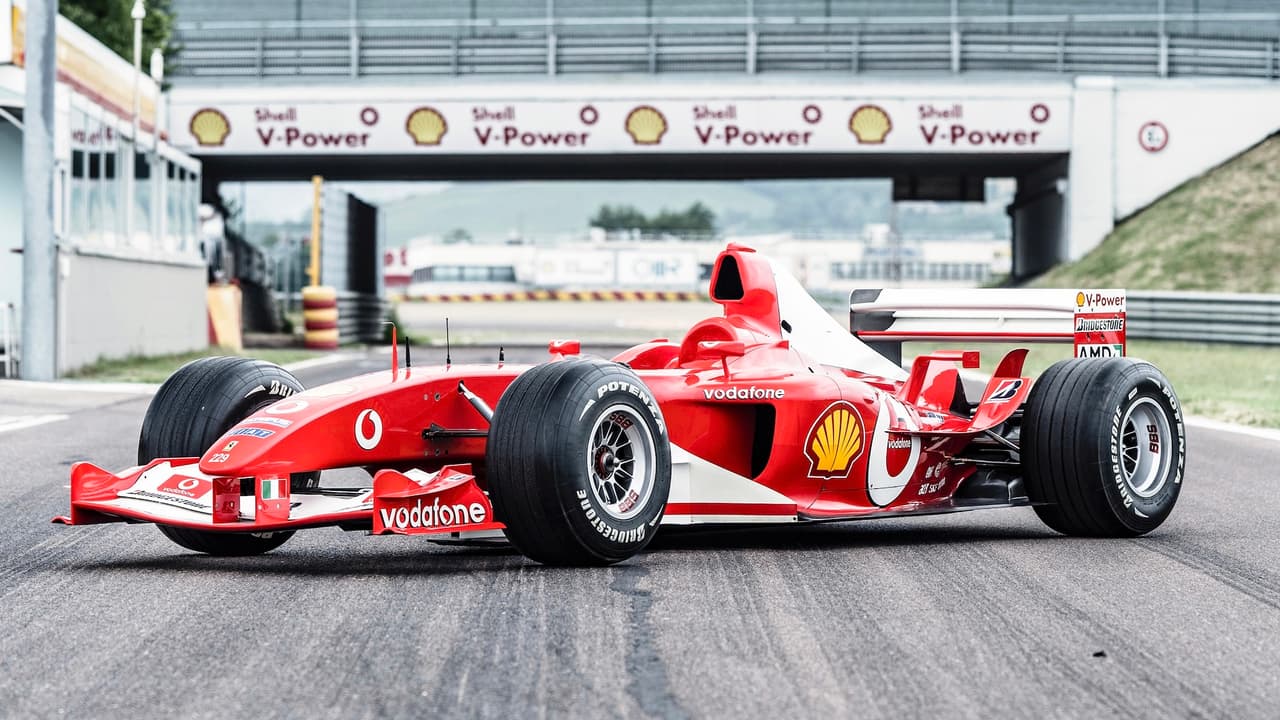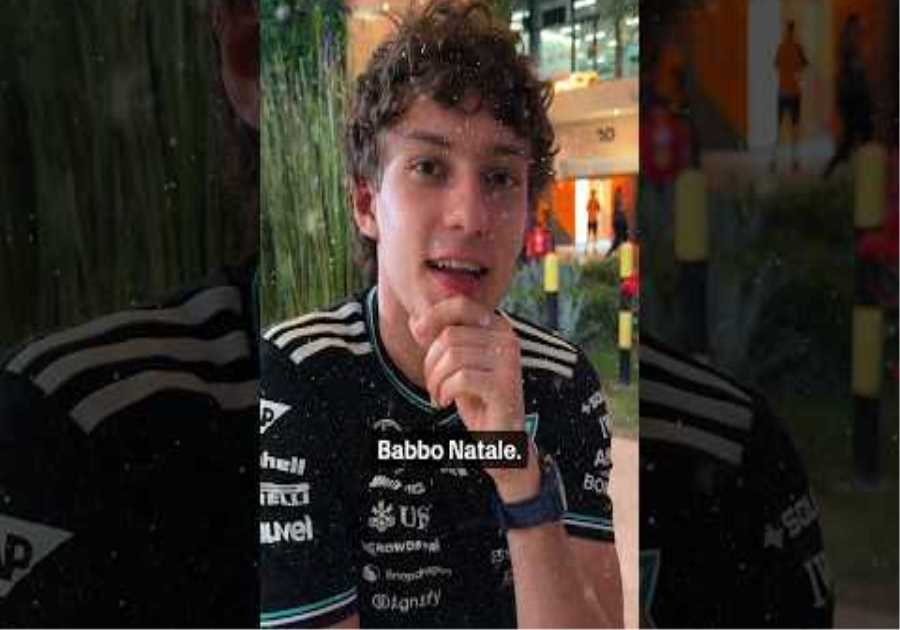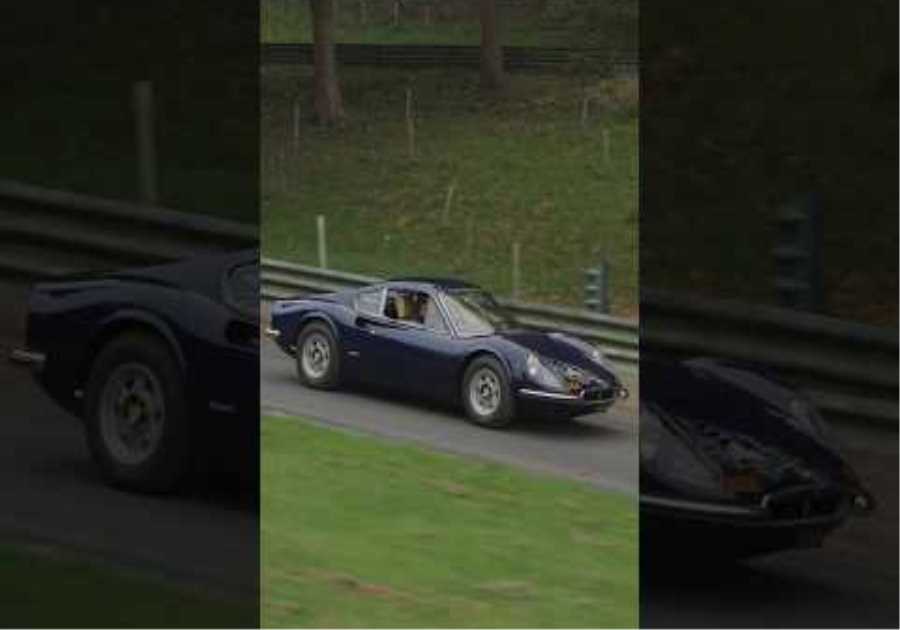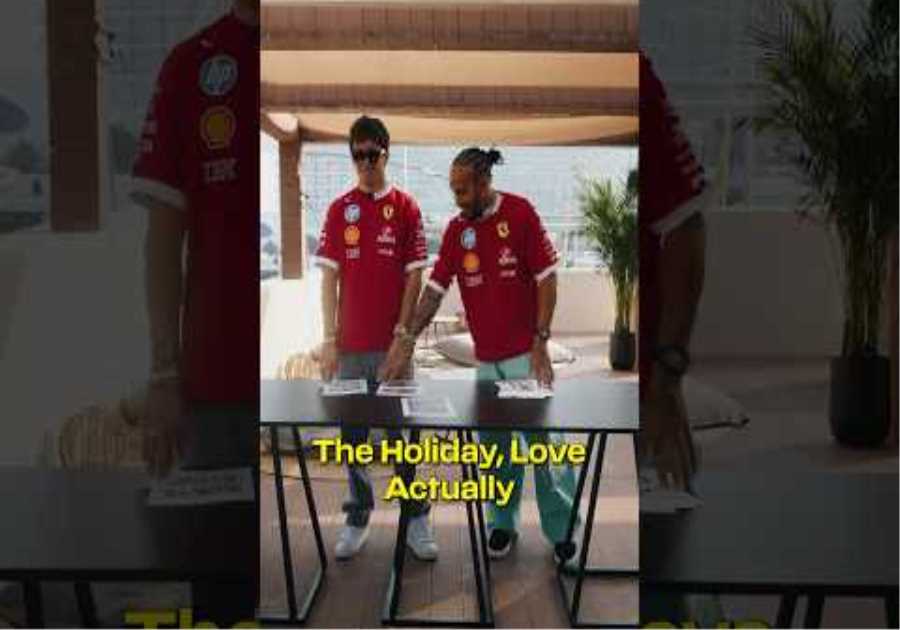
formula one
As holy grails go, you can keep your carpenter’s cup – we want this cup-winning Ferrari
As opportunities go, 2022 is perhaps not entirely famous for them. Which either makes this the exception that proves the rule or the one that shatters it: Michael Schumacher’s old Ferrari F1 car is somehow available to buy.
For an estimated £8.4 million, the presumably deliriously happy buyer will get a bona fide, just-serviced and entirely serviceable open-wheeled race car, with a 3.0-litre V10 that revs to 19,000rpm and makes an easy 840bhp on its way there . And also a Ferrari from the Scuderia’s dominating days at the turn of the millennium, where it racked up so many consecutive championships that – like with Mercedes today – it was actually a relief when they stopped winning by so much, so often. And that’s lovely, of course, but the biggest selling point has to be that this particular Ferrari F1 car happens to be Michael Schumacher’s Ferrari F1 car.
Advertisement – Page continues below
Not a replica, not a spare, not a development mule – this Ferrari F2003 GA is the exact car Michael Schumacher drove to win five Grands Prix in 2003, helping him claim both his sixth driver’s championship and Ferrari’s fifth consecutive constructor’s championship.
In fact, barring one retirement, Schumacher never placed worse than eighth for the entire season. And, given that the retirement was during the absolute carnage of the 2003 Brazilian GP*, that’s hardly a black mark on the F2003 GA.
Ferraris of that era were the product of an absolute dream team – after hiring (already two-time F1 champ) Schumacher, the Scuderia basically built a team around him. So the cars, including the F2003 GA, felt like a case of how many big names you can fit into a single-seat race car – Ferrari, Michael Schumacher, Ross Brawn… and indeed Fiat boss Gianni Agnelli, whose initials adored the 2003 to commemorate his life and works.
But there’s one name that isn’t common knowledge outside of F1 circles, as much as it probably should be. That’s Rory Byrne, the other South African Formula One supremo. And, much like Top Gear’s spirit animal, Gordon Murray, Byrne was an F1 force to be reckoned with. His designs helped Ferrari claim six consecutive constructor’s championships, and carried Michael Schumacher to each of his seven driver’s titles. Clearly no slouch in the mathematics department, then, but one that provides F1’s simplest equation: no other driver in Formula One history has claimed the driver’s title with six races left to run, yet that’s what Schumacher did in 2002.
Advertisement – Page continues below
The 2003 championship was actually comparatively close-run, compared to 2002, when Ferrari scored more than twice as many points as second-placed Williams-BMW and nearly three times as many as third-placed Mercedes-McLaren. It was also towards the end of the screaming V10 era, when Jaguar, Honda, BMW, Ford and Toyota were all still a part of the sport, and refueling meant that drivers could push flat-out in lighter, better-sounding cars. nostalgia? Yeah, probably. But when nostalgia sounds like an air-raid siren piped through a trumpet, we’ll look on it more fondly than the sotto voce vacuum cleaner era.
We don’t know if F1 will ever return to the days of waiting engines, deep manufacturer involvement and races that aren’t just an exercise in tire management. But for one lucky buyer, that might not matter too much – they’ve just taken what has to be the best opportunity in recent memory, and done so in a year not famous for them.
*For those not old enough, the 2003 Brazilian GP is where Schumacher and four other drivers had race-ending crashes after aquaplaning off the Curva do Sol – Schuey narrowly avoided hitting two knit cars, as well as a crane that was getting ready to lift them off the track. Oh, and most of the field had to retire. Also, Fernando Alonso claimed third place without taking the podium… because he was undergoing medical treatment after a serious crash. It really was that weird.
Alonso’s crash started when Mark Webber binned it just up from the stands at Interlagos and spreading debris across the track. Alonso tried to avoid the bits of disintegrated Jaguar, but hit an entire wheel assembly and had his own monumental crash. Cue the red flag, a winner’s trophy for Raikkonen, then a ‘whoops’ moment when it turned out Fisichella had actually won instead. Raikkonen was an absolute champion about the whole affair, happily handing the trophy over to Fisichella at the next race.






